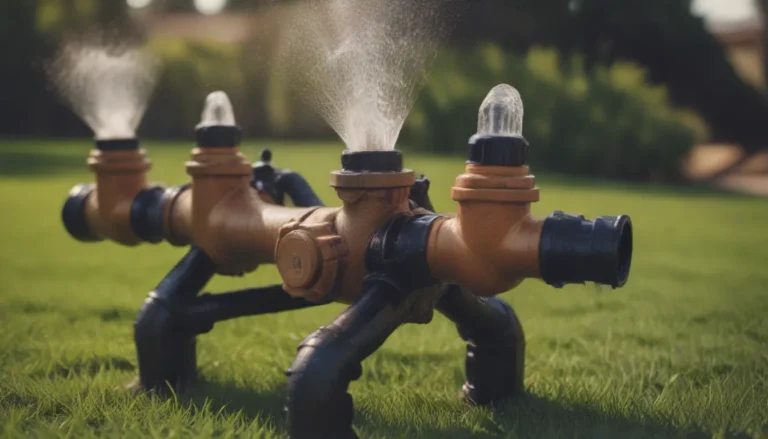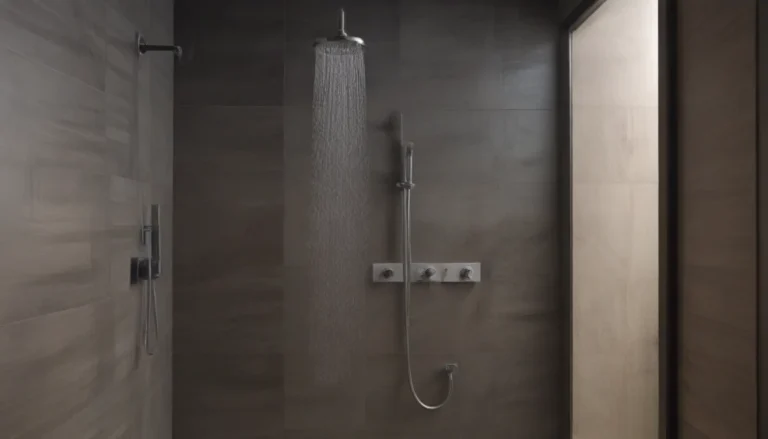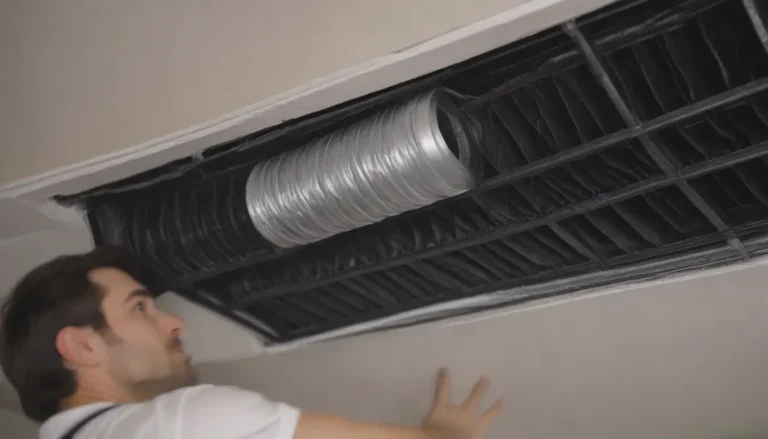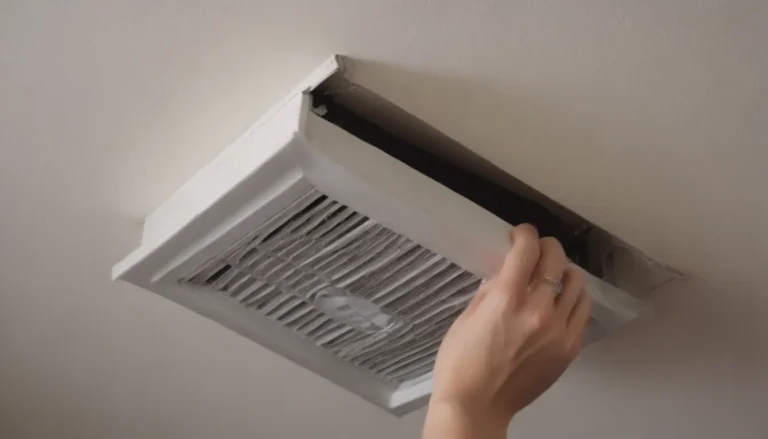The Ultimate Guide to Bathtub Replacement and Installation
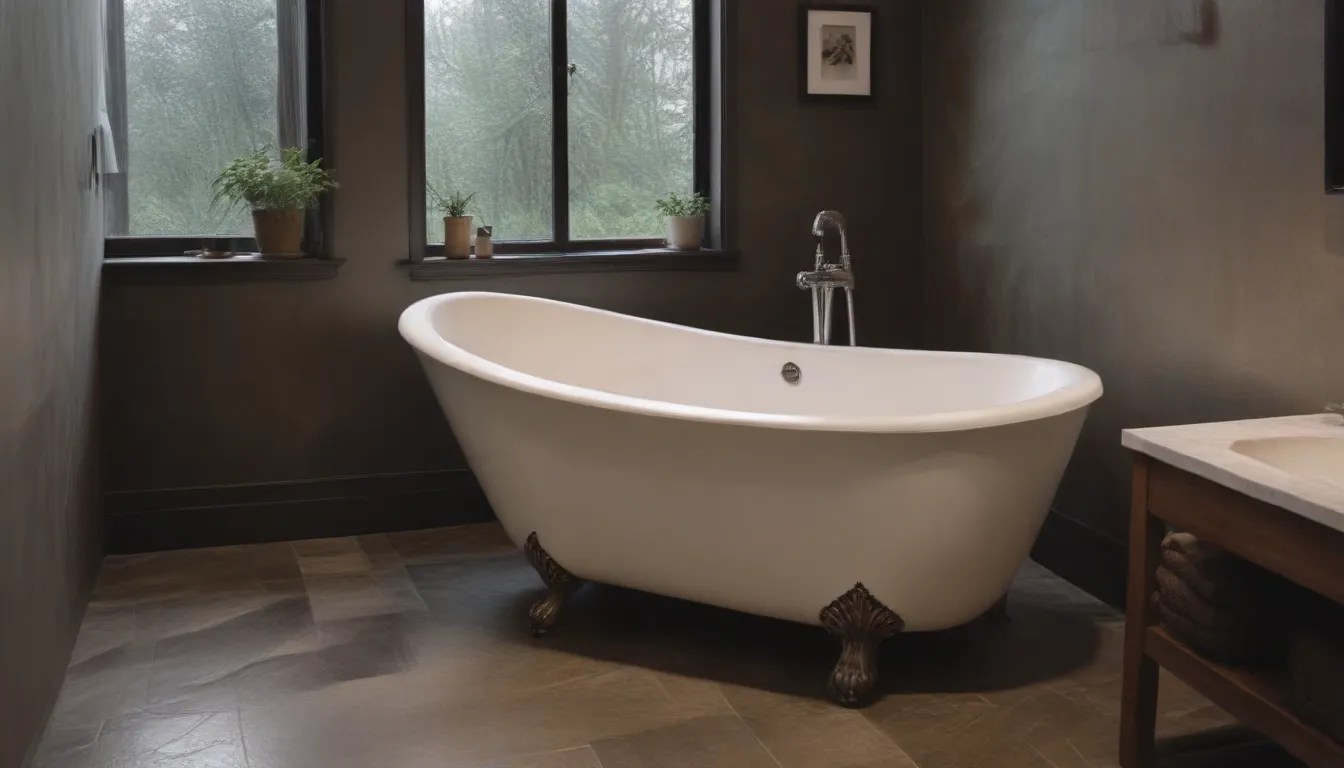
Are you considering a bathroom remodel and thinking about replacing your bathtub? A bathtub replacement can completely transform your bathroom and add value to your home. While some homeowners opt to hire a professional for this task, experienced DIYers can also take on this project with the right guidance and tools. In this comprehensive guide, we will walk you through the steps to replace a bathtub, including costs, signs that your bathtub needs to be replaced, different types of bathtubs, and how to save money on the replacement process.
Cost of Bathtub Replacement
The cost of replacing a bathtub can vary depending on the type of tub you choose and whether you hire a professional or do it yourself. On average, professional bathtub replacement can cost around $6,000, including installation, permits, and materials. Fiberglass and steel tubs are more budget-friendly, starting at around $1,800 to $2,600, while premium jetted bathtubs can cost up to $10,000. Copper and solid-surface tubs fall in the range of $7,000 to $8,000. Walk-in bathtubs, which are great for users with mobility issues, can range from $3,000 to $30,000, including installation.
Signs Your Bathtub Needs to Be Replaced
Before you embark on a bathtub replacement project, it’s important to know when it’s time to replace your bathtub. While minor defects can be repaired or the tub can be refinished, there are signs that indicate it’s time for a complete replacement. Some common signs include:
– Cracks
– Leaks
– Chipping
– Discoloration
– Staining
– Uncomfortable or poor drainage
If you notice any of these signs, it may be time to consider replacing your bathtub for a fresh new look and improved functionality.
Bathtub Replacement vs. New Bathtub Installation
It’s essential to understand the difference between replacing a bathtub and installing a new one. When you replace a bathtub, you are keeping the existing plumbing services in place, which can help reduce costs. A new bathtub installation, on the other hand, requires installing all new plumbing services, which can add to the overall cost of the project. Bathtub replacement is a great option for minor remodels or if your current tub is in poor shape, while new installations are better suited for new construction or complete bathroom remodels.
How to Prepare for Bathtub Replacement
Before the bathtub installers arrive, there are a few steps you can take to prepare your space for the replacement:
– Clear all items from the tub and surrounding area
– Remove mats, rugs, toiletries, and other items from outside the tub
– Clear a pathway for the installers to move the tub in without causing damage
– In small bathrooms, consider removing the toilet to make space for tub removal
Taking these steps can help ensure a smooth and efficient bathtub replacement process.
Types of Bathtubs
There are various types of bathtubs to choose from, depending on your budget and personal preference. Some popular types include:
– Alcove Bathtub: Fits between two walls and is a cost-effective option.
– Freestanding Bathtub: Stands on its own and requires extra space.
– Corner Bathtub: Ideal for utilizing space in a large bathroom.
– Jetted Bathtub: Provides a luxurious spa-like experience with recirculating water.
– Walk-in Bathtub: Great for users with mobility issues, offering additional space and comfort.
Each type of bathtub has its own set of features and benefits, so it’s essential to choose one that fits your needs and budget.
How to Save Money on Bathtub Replacement
If you’re looking to save money on your bathtub replacement project, there are a few strategies you can consider:
– DIY vs. Professional Installation: While hiring a professional can ensure a quick and efficient installation, doing it yourself can save you money. Consider your skill level and the complexity of the project before deciding.
– Organize Workflow: Break down the project into manageable stages and give yourself enough time to complete each step. This can help prevent costly mistakes and delays.
– Regular Maintenance: Properly maintaining your bathtub can extend its lifespan and reduce the need for frequent replacements. Keep an eye out for signs of wear and tear and address them promptly.
By following these tips, you can save money on your bathtub replacement while still achieving a beautiful and functional bathroom.
When to Replace Your Bathtub
It’s important to replace your bathtub when you notice signs of wear and tear, such as cracks, leaks, or poor drainage. Additionally, consider replacing your bathtub if you rarely use it, have another bathtub in the home, or if it no longer meets your needs. Adding a shower faucet to a bathtub can provide a versatile solution for your bathing needs, especially with alcove bathtubs that are well-suited for this type of conversion.
In conclusion, a bathtub replacement can be a fantastic way to enhance the look and functionality of your bathroom. Whether you choose to hire a professional or tackle the project yourself, it’s important to consider your budget, needs, and timeline before starting. By following the steps outlined in this guide and making informed decisions, you can achieve a successful bathtub replacement that adds value to your home for years to come.

